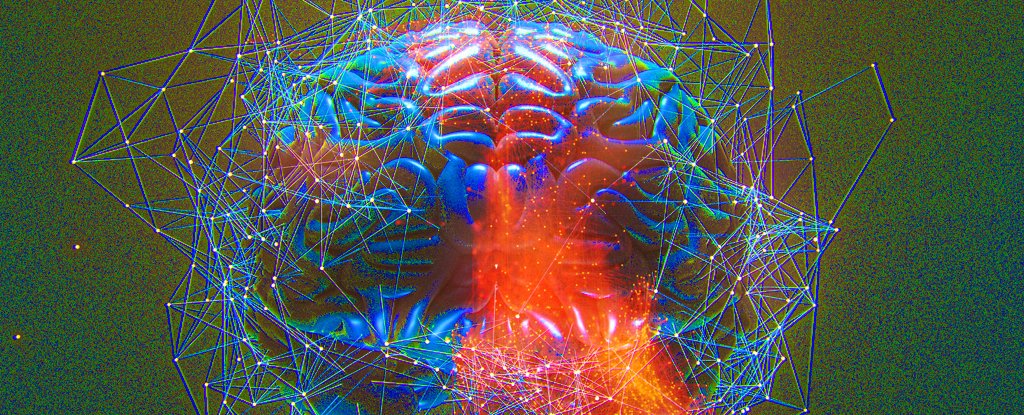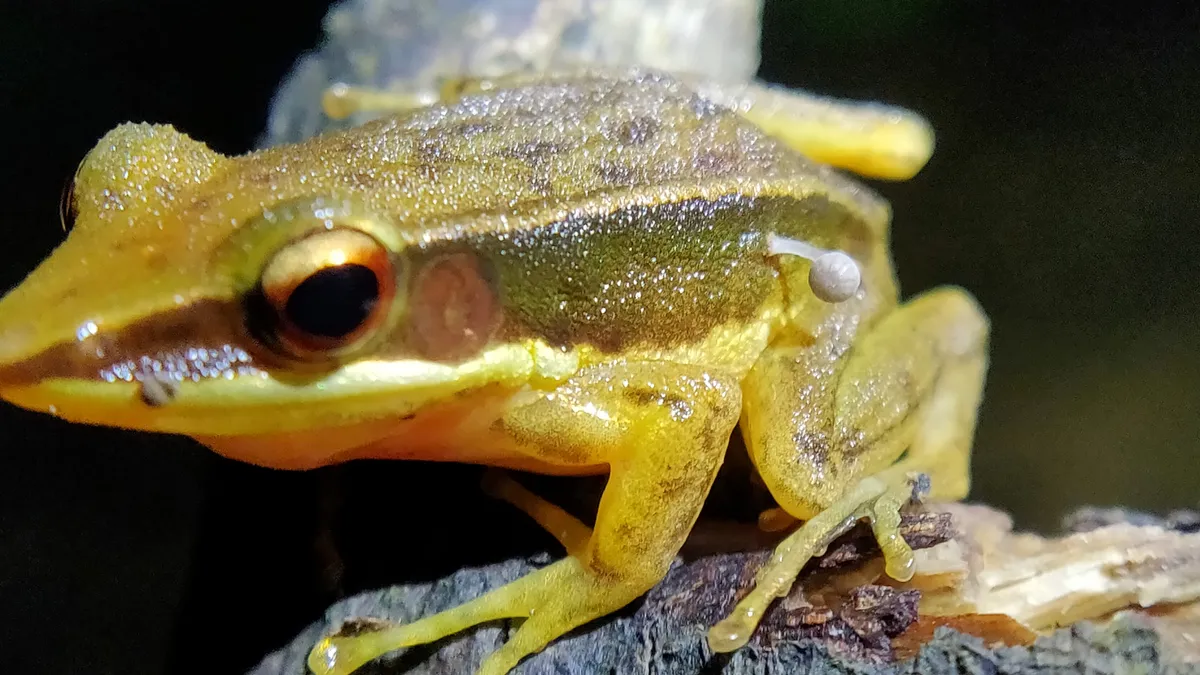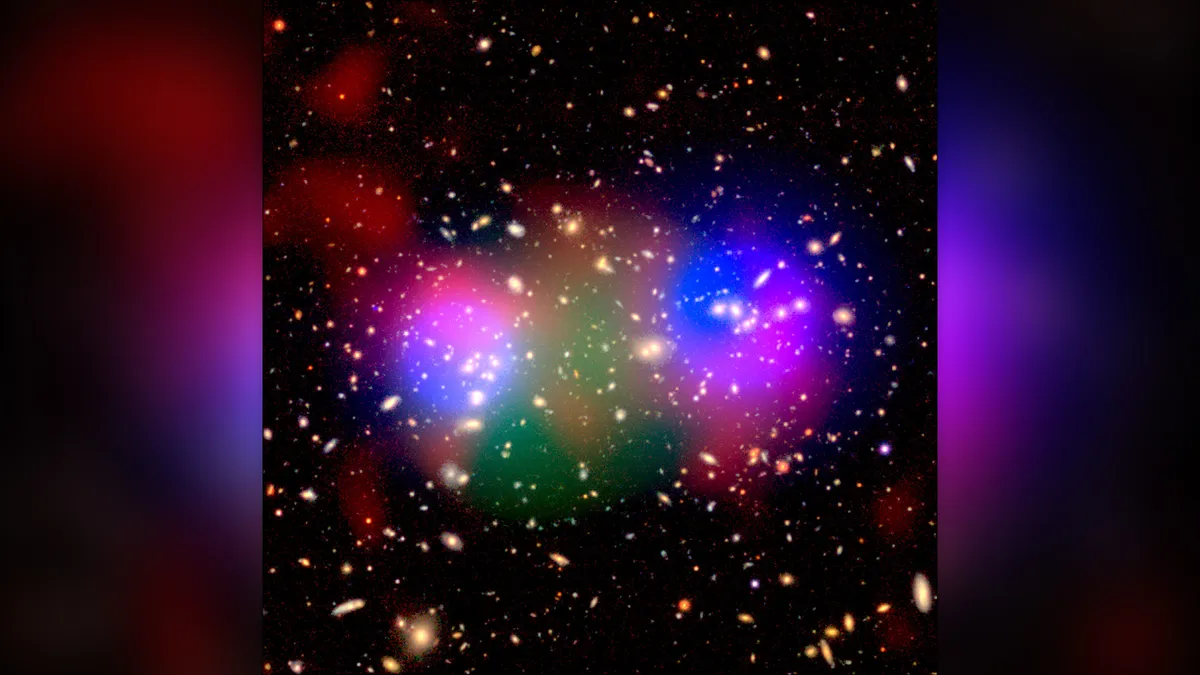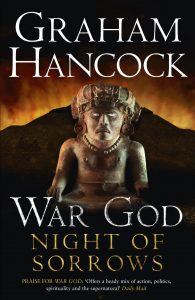News Desk

Even small doses of LSD could have therapeutic benefits for mental health and task performance, a new study shows.

The German parliament has backed a new law to allow the recreational use of cannabis. Under the law, over-18s in Germany will be allowed to possess substantial amounts of cannabis, but strict rules will make it difficult to buy the drug.

The dismissal of a concept that has already been recognised in UN declarations and is a fundamental belief of many Indigenous communities was described by critics as shameful, contradictory and undemocratic.

Two studies of ayahuasca ceremony participants found that at least 50% of these individuals had an ayahuasca-induced personal death experience. These experiences were associated with an increased sense that consciousness will continue after death and increased concerns for the environment. The paper was published in the Frontiers in Psychiatry.

The discovery, led by now-retired head of conservation at the National Archeological Museum Spain, Salvador Rovira-Llorens, suggests that metalworking technology and techniques were far more advanced than we thought in Iberia more than 3,000 years ago.

Words of wisdom from Hopi elder Paul Sifki.

Neanderthals created stone tools held together by a multi-component adhesive, a team of scientists has discovered. Its findings, which are the earliest evidence of a complex adhesive in Europe, suggest these predecessors to modern humans had a higher level of cognition and cultural development than previously thought. See the study here.

Traits common to attention deficit hyperactivity disorder (ADHD), such as distractibility or impulsivity, might have been an evolutionary advantage for our ancestors by improving their tactics when foraging for food. See the study here.

First ever documented evidence of a fungus, suspected to be a Mycena species, growing on the body of a seemingly healthy frog

In a new study published Tuesday (Feb. 20) in the journal Antiquity, researchers revealed that the inscription is the oldest and longest ever found in a Vasconic language, a group of languages that includes modern Basque.

A mathematical historian at Trinity Wester University in Canada, has found use of a decimal point by a Venetian merchant 150 years before its first known use by German mathematician Christopher Clavius. In his paper published in the journal Historia Mathematica, Glen Van Brummelen describes how he found the evidence of decimal use in a volume called “Tabulae,” and its significance to the history of mathematics.

A new study by researchers at UC San Francisco provides new insight into how the brain processes musical melodies. Through precise mapping of the cerebral cortex, the study uncovered that our brains process music by not only discerning pitch and the direction of pitch changes but also by predicting the sequence of upcoming notes, each task managed by distinct sets of neurons.

The former heavyweight boxing champion Mike Tyson has urged Joe Biden to follow through on his commitment to “correct our country’s failed approach to marijuana” and give clemency to the thousands of nonviolent cannabis offenders still languishing in federal lockups.

There are dissenting opinions among researchers about whether cannabis is a ‘gateway drug’ that leads people to use other, more dangerous drugs. New research by the University of British Columbia (UBC), Canada, examined whether using cannabis to manage cravings changed a person’s use of illicit stimulants. The study was published in the journal Addictive Behaviors.
Image by: elsaolofsson (Wiki Commons)

New research published in Molecular Psychiatry provides insight into how psilocybin, a compound found in psychedelic “magic” mushrooms, influences the brain and behavior. By observing the effects of psilocybin on larval zebrafish, scientists uncovered that it not only stimulates exploratory behavior but also buffers against stress-induced changes in activity patterns.

The invisible substance called dark matter remains one of the biggest mysteries in cosmology. Perhaps, a new study suggests, this strange substance arises from a ‘dark mirror universe’ that’s been linked to ours since the dawn of time.








